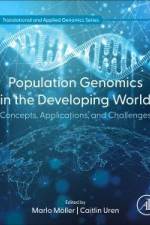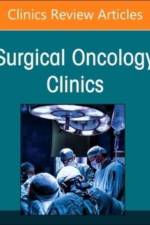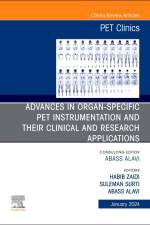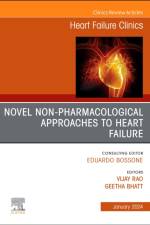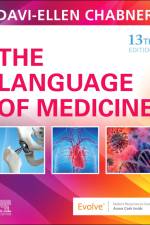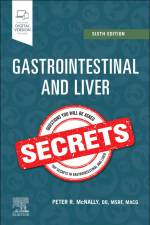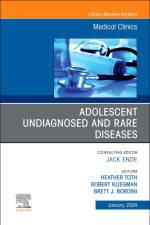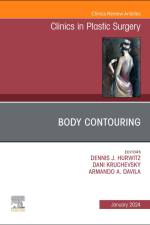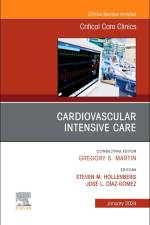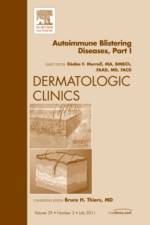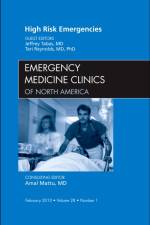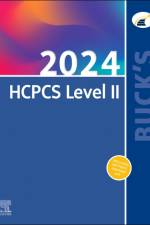av Peter R McNally
765,-
For more than 30 years, the highly regarded Secrets Series® has provided students and practitioners in all areas of health care with concise, focused, and engaging resources for quick reference and exam review. Gastrointestinal and Liver Secrets, 6th Edition (formerly known as GI/Liver Secrets), offers practical, up-to-date coverage of the full range of essential topics in this dynamic field. This highly regarded resource features the Secrets' popular question-and-answer format that also includes lists, tables, pearls, memory aids, and an easy-to-read style - making inquiry, reference, and review quick, easy, and enjoyable. The proven Secrets Series® format gives you the most return for your time - succinct, easy to read, engaging, and highly effective. Fully revised and updated throughout, making it an excellent resource for understanding the physiology and therapy of hepatic and digestive disease. New chapters on Microbiome and Surgery for Inflammatory Bowel Disease. Top 100 Secrets provide a fast overview of the secrets you must know for success in practice and on exams. More than 250 full-color illustrations, endoscopic images, micrographs, and algorithms, plus videos and clinical vignettes online. Bulleted lists, mnemonics, practical tips from global leaders in the field - all providing a concise overview of important board-relevant content. Portable size makes it easy to carry with you for quick reference or review anywhere, anytime. An eBook version is included with purchase. The eBook allows you to access all of the text, figures, and references, with the ability to search, customize your content, make notes and highlights, and have content read aloud.

